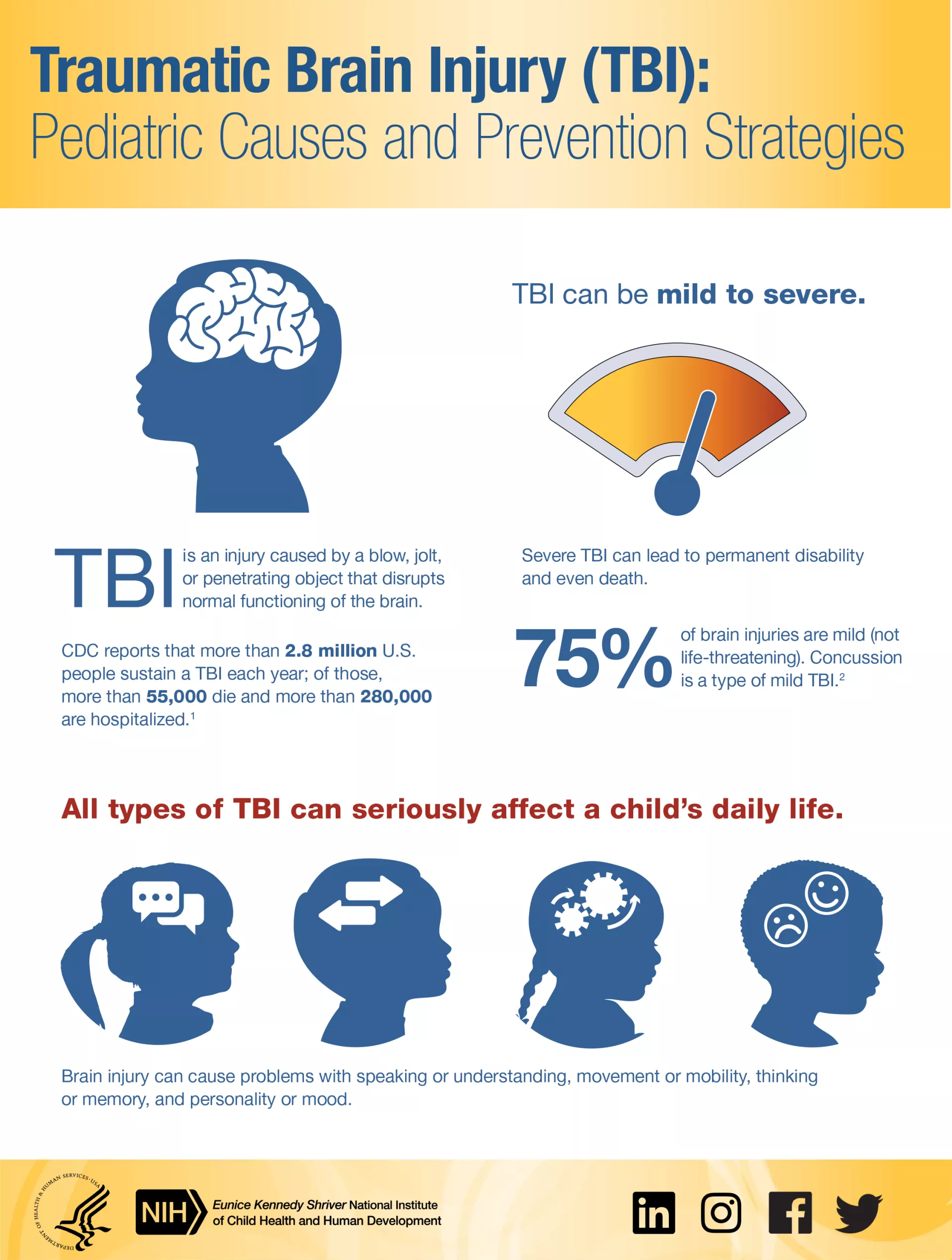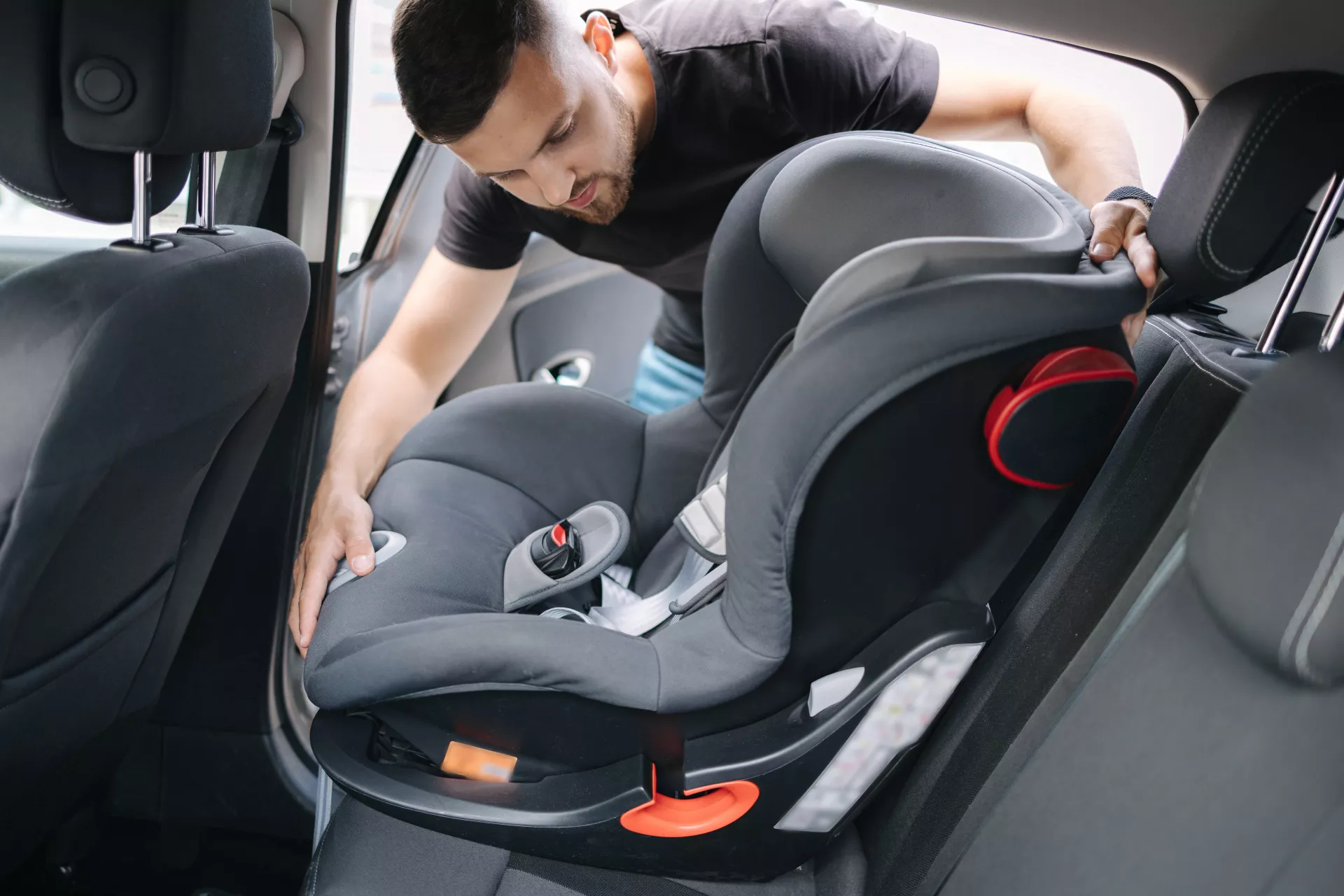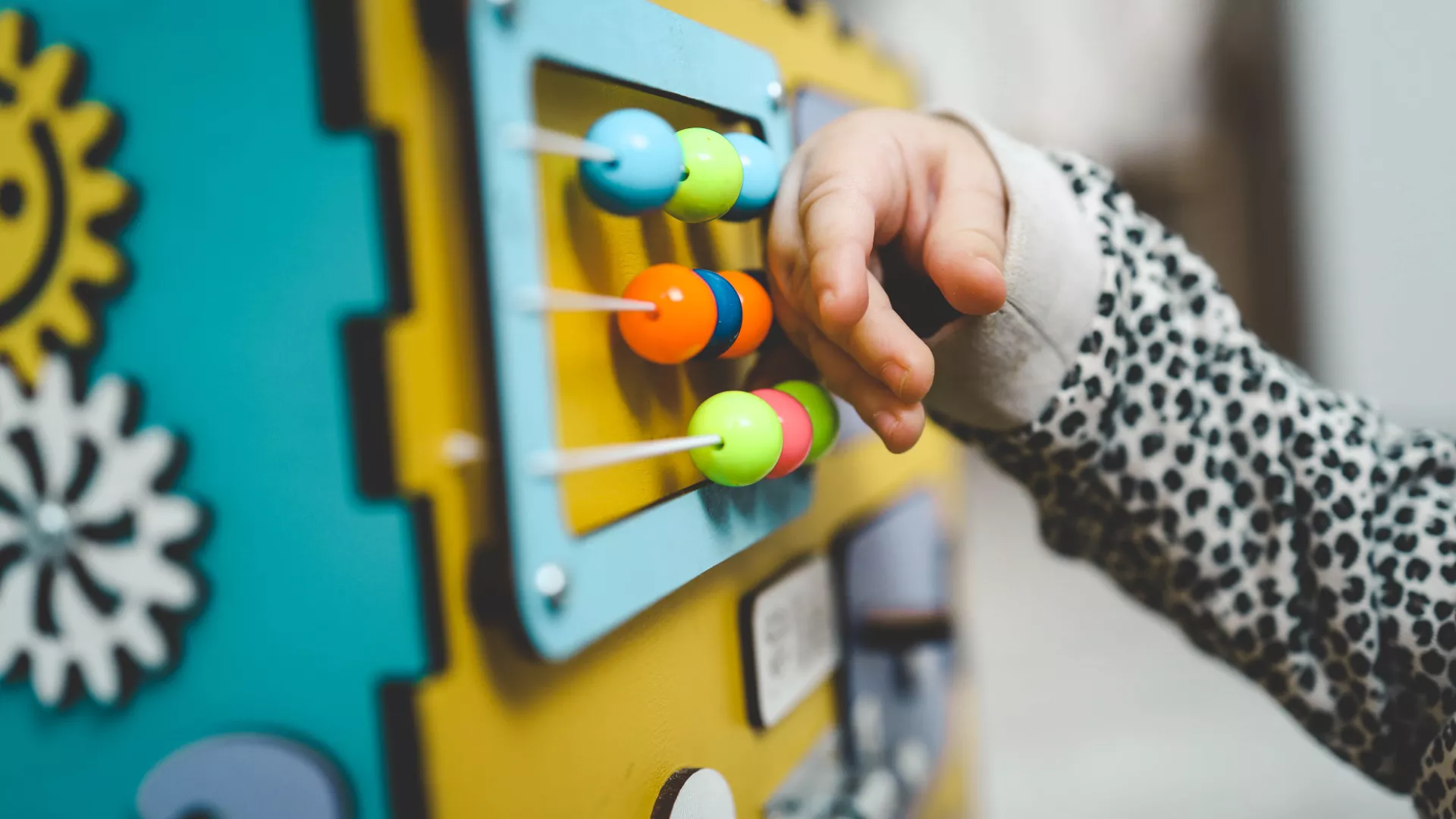
Early Childhood
Young Children 0-5 who suffer concussions and traumatic brain injuries may not express the same symptoms as older children.
Brain injuries can affect many abilities needed to function well in a learning environment.
Some signs of brain injury are observable, such as problems with balance or fatigue.
- Other symptoms--such as problems controlling emotions--are invisible.
Every brain injury is different
- Children with a brain injury can have day-to-day variability in skills, stamina, emotional regulation, and memory.
- Some children experience many symptoms, whereas others have only a few.
Brain injuries impact the whole family
- The injury happens suddenly
- Family members may feel guilty about an accident or injury
- Family members need support with coping with the injury
Online Resources
Here are some resources to understand, respond to, and prevent injury for young children in your care.
SAFE CHild Screening Tool: Birth to 3-year-olds
Caring for your child with a concussion Ages 4 years and younger
Concussion in Toddlers & Babies: Symptoms & Treatment
Infant and Toddler Concussion Guide
How TBI Presents Differently in Children Under Age 4
Car seat Safety
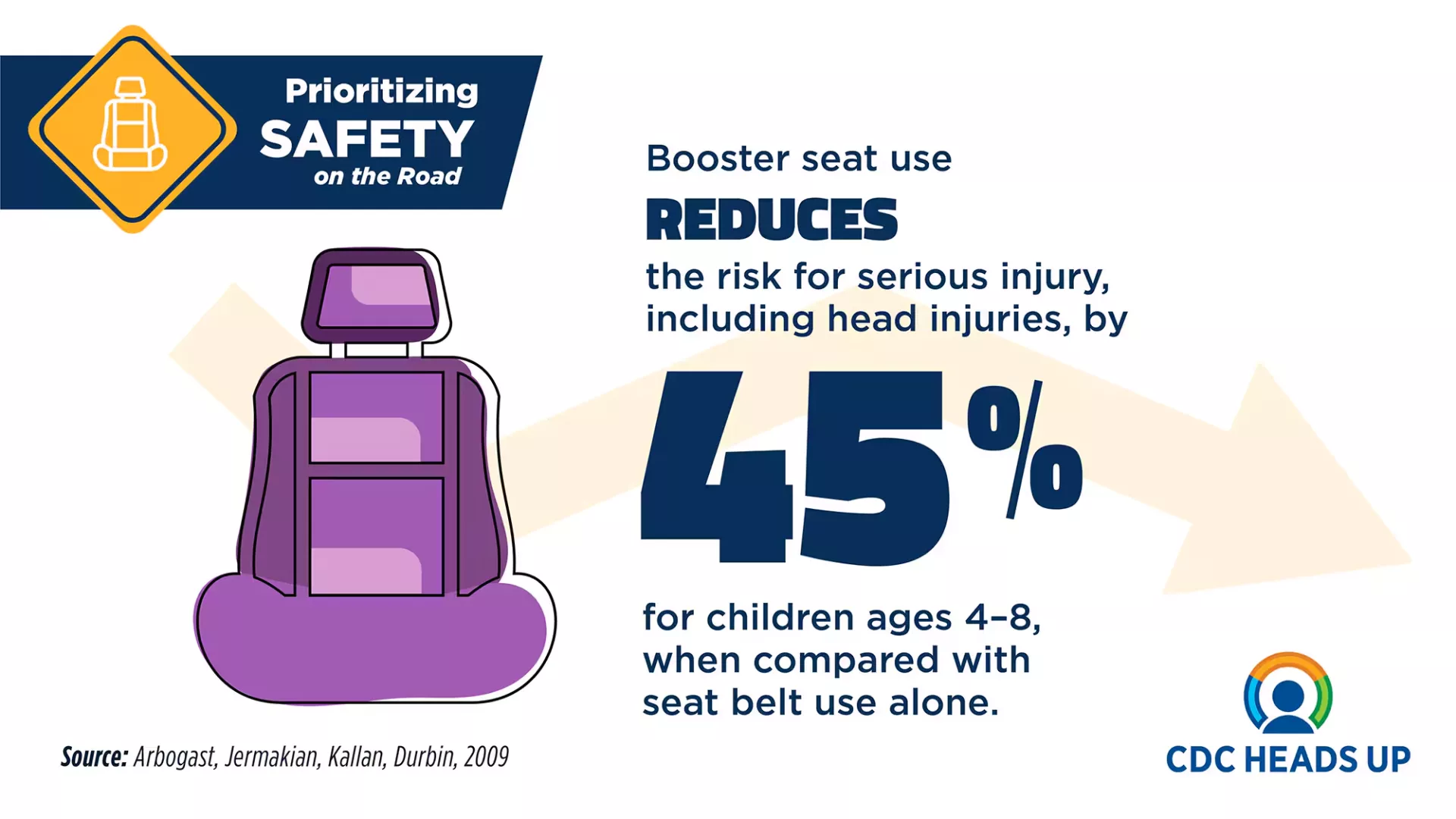
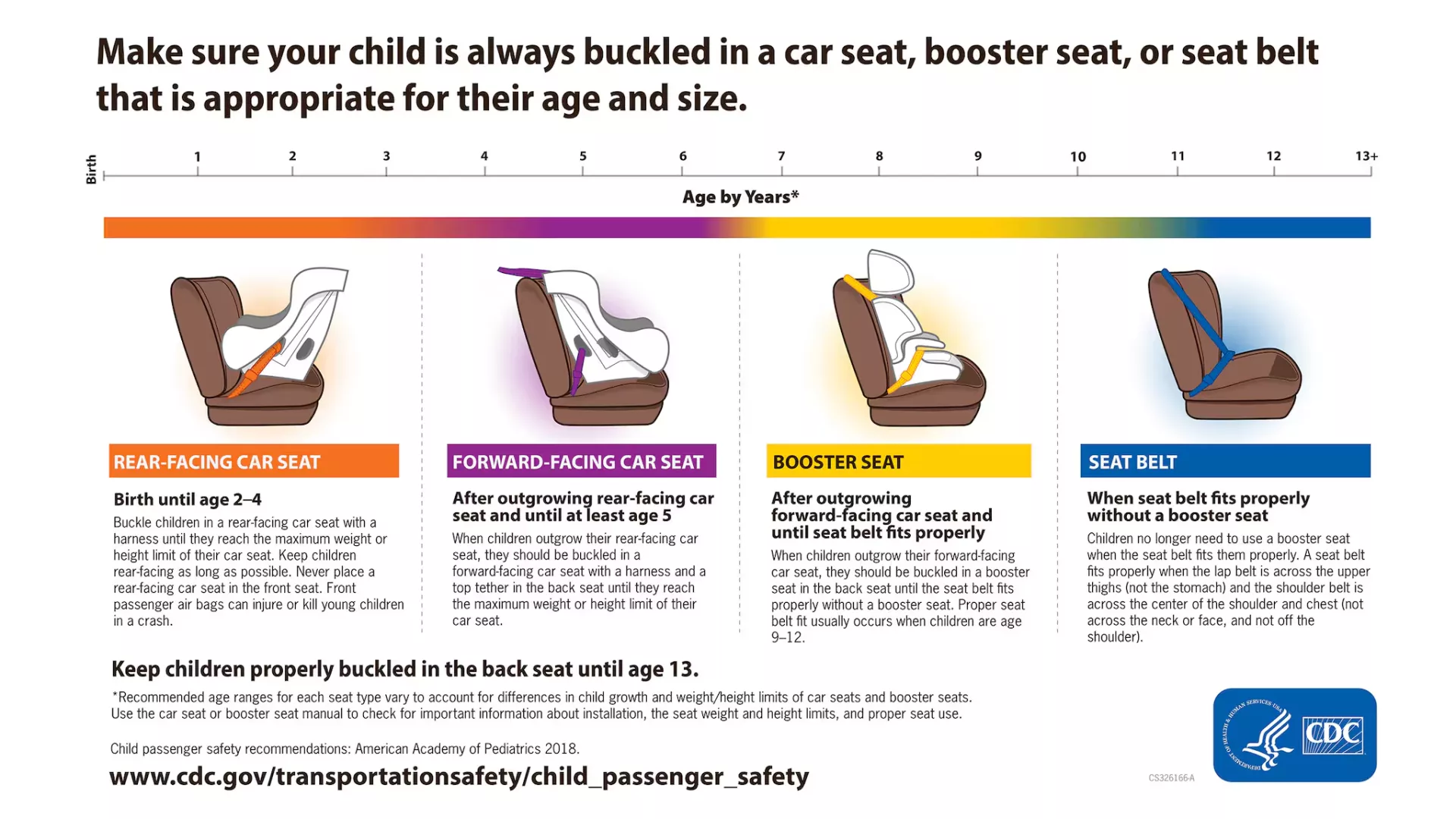
National Highway Traffic Safety Administration, part of the U.S. Department of United States Department of Transportation
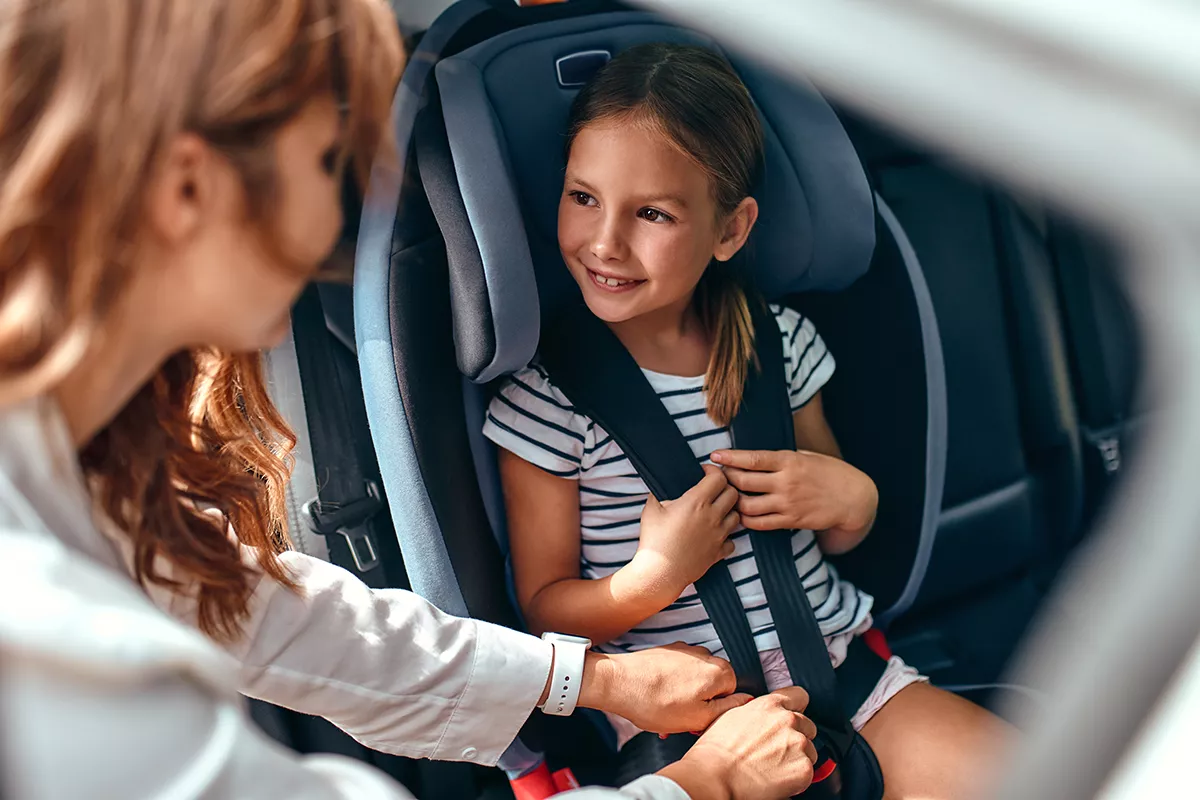
Install your car seat correctly
- Understand the parts and tips used for installation
- Follow our detailed car seat installation instructions and videos
- Get your car seat inspected at a station nearest you
